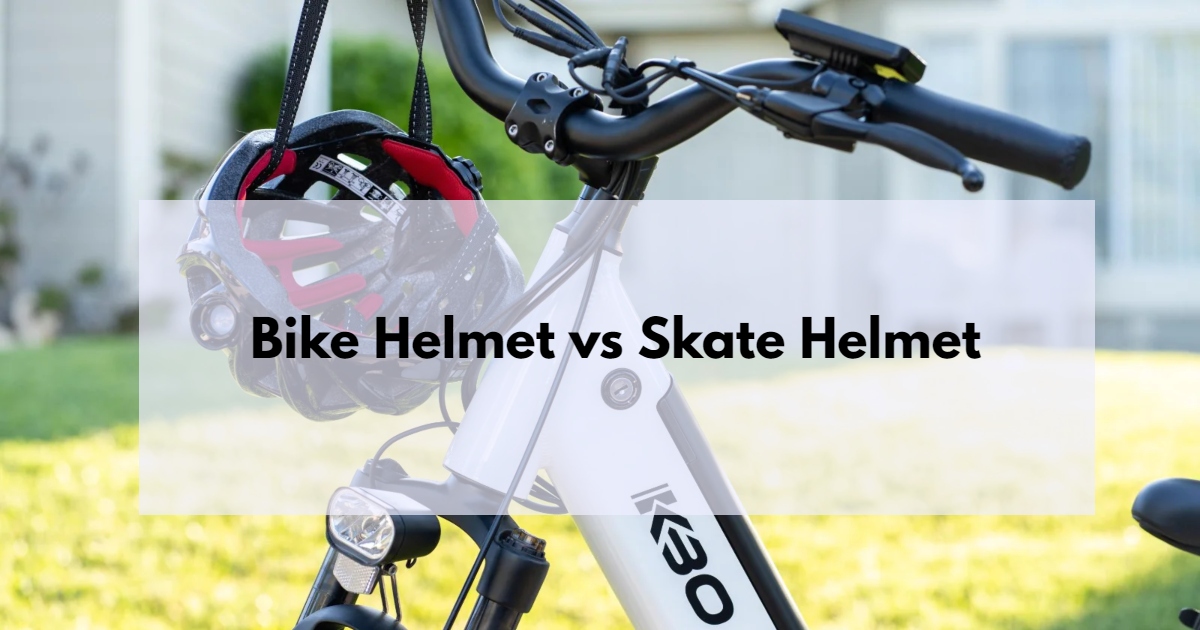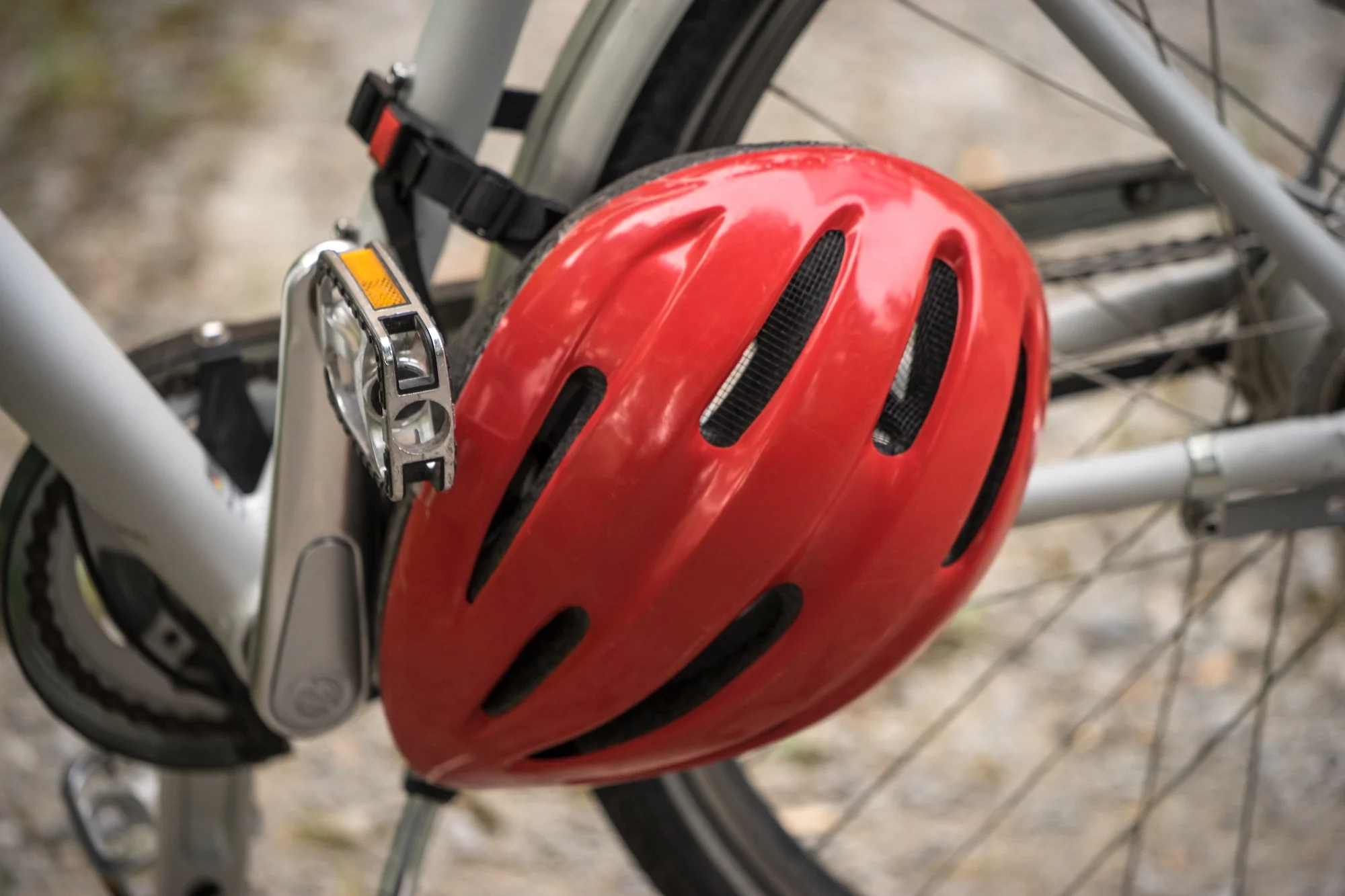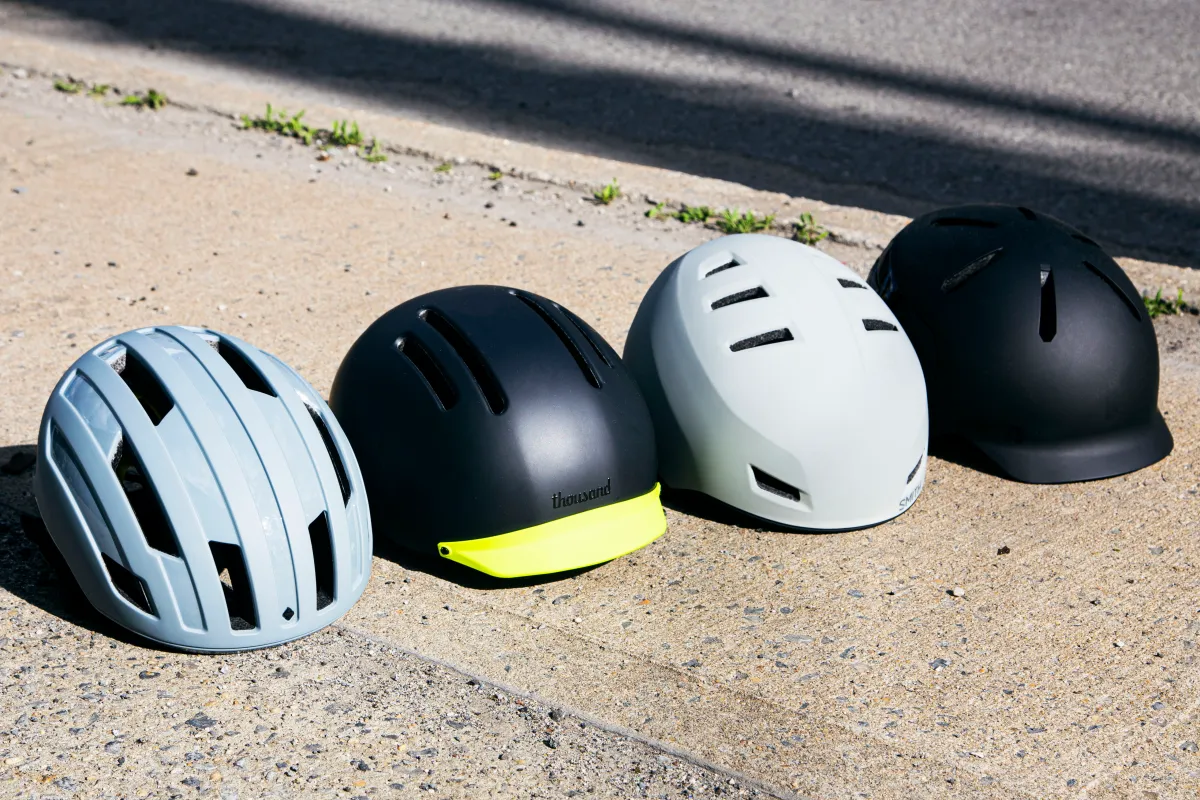Whether you’re a seasoned cyclist or a beginner skateboarder, wearing a helmet is super important for safety. Navigating the myriad options on the market, however, can be a challenge. This comprehensive guide will delve into the critical differences between bike helmets and skate helmets, aiding you in making an informed decision that aligns with your needs.
Key Differences
-
Coverage
The primary variance between bike and skate helmets lies in their coverage. Bike helmets are meticulously engineered to shield the entire head. This includes critical areas such as the forehead, temples, back of the head, and face. Their comprehensive design caters to the diverse impact points a cyclist might encounter in an accident.
In contrast, skate helmets are more focused on protecting the top and back of the head. Skaters typically encounter falls that are more backward-oriented, hence the design of skate helmets is tailored to these specific impact areas.
-
Impact Resistance
Another really key distinction is their capacity for impact resistance. Bike helmets are built to withstand a single, high-impact collision. This design philosophy stems from the nature of cycling accidents, which often involve a high-speed impact followed by a need to replace the helmet.
Skate helmets, conversely, are constructed to endure multiple, lower-impact falls. This difference is super important as skaters are more likely to experience several falls during a single session, necessitating a helmet that can absorb repeated shocks without compromising safety.
-
Ventilation
Ventilation is a key feature where bike and skate helmets diverge significantly. Due to the prolonged and strenuous nature of cycling, bike helmets are equipped with enhanced ventilation systems. These systems are super important to dispel heat and provide comfort during extended rides.
Skate helmets, while also focusing on comfort, tend to have fewer vents. Their design prioritizes being lightweight and aerodynamic, aligning with the needs of skateboarders who require agility and speed without being weighed down by their gear.
-
Style
The aesthetic dimension also plays a role in differentiating these two types of helmets. Bike helmets often sport a more traditional look, aligning with the conventional aesthetics of cycling gear. Skate helmets, on the other hand, push the envelope in terms of design, offering more modern and stylish options. This variety caters to the diverse preferences of skateboarders who value both form and function in their equipment.
Which One is Right For You?
Choosing between a bike helmet and a skate helmet ultimately boils down to your specific activity and personal preferences. If cycling is your primary sport, a helmet that offers full coverage and robust impact resistance is paramount. For skateboarding enthusiasts, a helmet that combines lightweight design with aerodynamics will likely be more suitable. Additionally, for those who prioritize style alongside safety, skate-style bike helmets offer an appealing blend of both worlds.
Key features of each one
-
Bike Helmet Features
When scouring the market for a bike helmet, several features are super important to consider:
- Certification: Safety is paramount, so ensure your chosen helmet is certified by a reputable organization such as the Snell Memorial Foundation or the Consumer Product Safety Commission (CPSC).
- Fit: A proper fit is super important. The helmet should sit snugly on your head, neither too tight nor too loose, to ensure maximum protection.
- Adjustability: Look for helmets with adjustable straps and padding. This feature allows for a more customized and comfortable fit.
- Ventilation: Adequate ventilation is key, especially for long rides. Helmets with good airflow prevent overheating and increase comfort.
- Visibility: Consider helmets with reflective elements or options to attach lights for increased visibility during dusk or dawn rides.
-
Skate Helmet Features
Skate helmets have their unique set of criteria:
- Certification: Like bike helmets, ensure your skate helmet is certified, with organizations like ASTM International or the Certified Equipment Supplier (CES) being reputable options.
- Fit: A snug but comfortable fit is also vital for skate helmets. It should stay securely in place during movement.
- Adjustability: Adjustable straps and padding allow for a better fit and increased comfort.
- Weight: A lighter helmet is preferable for skateboarding, as it reduces neck strain and improves maneuverability.
- Style: Skate culture often values aesthetics. Choose a helmet that not only protects you but also aligns with your style preferences.
Tips for Choosing a Helmet
Choosing the right helmet, be it for biking or skateboarding, can be a daunting task. Here are some tips to help you make an informed decision:
- Try Before You Buy: It’s super important to try on different helmets to find the one that fits you best. A helmet that’s too tight or too loose can compromise safety and comfort.
- Read Reviews: Online reviews can provide valuable insights into the performance and reliability of different helmet models. They can help you understand the pros and cons of each helmet from actual users’ perspectives.
- Consider Your Needs: Think about the specific requirements of your sport. Do you need more ventilation for long bike rides, or do you prefer a lightweight helmet for skateboarding tricks?
- Invest in Quality: While budget is a consideration, remember that a helmet is an investment in your safety. Don’t compromise on quality for the sake of saving a few dollars.
- Helmet Replacement: Helmets have a lifespan. They should be replaced every 3-5 years, or sooner if they’ve been involved in a crash or show signs of wear and tear.
Safety Standards and Regulations
Understanding the safety standards and regulations that govern bike and skate helmets can further guide your decision:
- Bike Helmets: In the United States, bike helmets must meet standards set by the CPSC. These standards ensure that helmets can effectively reduce the impact of a collision.
- Skate Helmets: Skate helmets often adhere to standards set by ASTM International. These standards are specifically designed to address the types of impacts more common in skateboarding.
- International Standards: If you’re purchasing a helmet outside the U.S., look for certifications like the European CE EN 1078 for bike helmets and CE EN 1077 for skate helmets.
Advanced Features and Technologies
Advancements in helmet technology have introduced features that enhance safety and comfort:
-
-
- MIPS Technology: Multi-directional Impact Protection System (MIPS) is a technology found in some high-end helmets. It adds an extra layer of safety by reducing rotational forces on the brain in the event of an angled impact.
- Integrated Lights and Reflectivity: Some helmets come with integrated lights or reflective materials, enhancing visibility and safety, especially in low-light conditions.
- Smart Helmets: The rise of smart helmets offers features like Bluetooth connectivity, built-in speakers, and even collision detection systems.
-
Conclusion
In conclusion, whether you’re navigating the bustling city streets on your bike or mastering tricks at the local skate park, the right helmet is a non-negotiable aspect of your safety gear. Bike helmets and skate helmets, while serving the similar fundamental purpose of protection, are tailored to the distinct demands of their respective sports. By considering factors like coverage, impact resistance, ventilation, and style, you can select a helmet that not only keeps you safe but also complements your active lifestyle. Remember, a helmet is more than just a piece of equipment; it’s a lifesaver. For a wide selection of both bike and skate helmets that meet all the criteria discussed, be sure to visit Refried Cycles. Stay safe and enjoy your ride!









